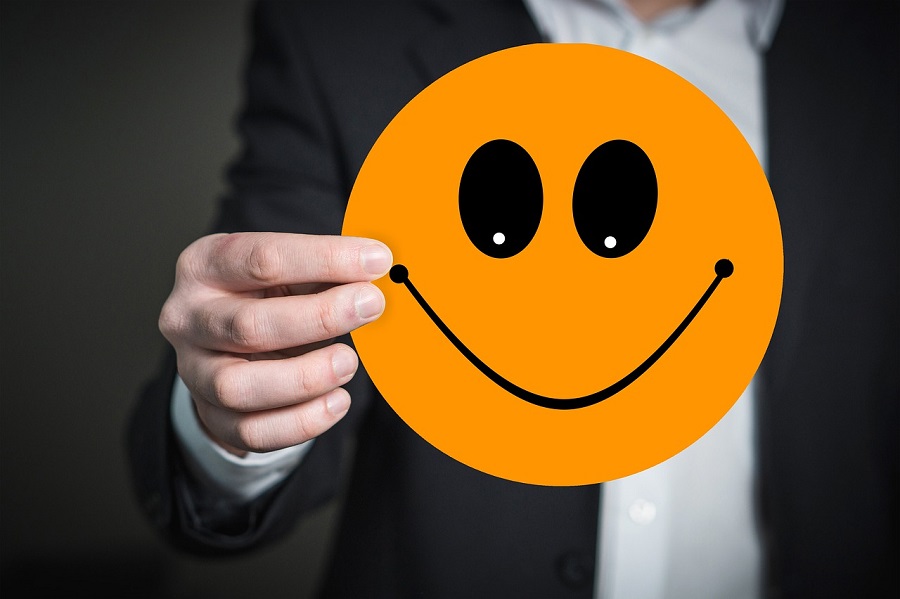When reviewing a product or posting any feedback for a service or product, platforms usually utilise the star rating system. They are used for the platform’s own ratings as well as the customer themselves. While the conventional star rating has become mainstream, several websites are now adding “reaction” ratings to their reviews and articles.
But do these new types of ratings add some kind of benefit to the reader? Are they able to ascertain the quality of the product or service they are viewing with reactions from people, or is the star-rating still the best method? Well, let’s break down the three conventional methods of product evaluation.
The old: star ratings

Star-ratings are a phenomenal addition to the digital world. Although some people pay little attention to star ratings, a lot of reviewers do find them helpful. The problem with the star rating system is it rather plain. Sometimes, the five-star system is not be enough to convey the message and usually, the customers have to leave verbal reviews. However, if you increase the number of stars, let’s say introduce a 10-star rating system, then it can become too complicated.
Having said this, star-rating systems are still really common in the marketplace. It’s a standard that, despite having some shortcomings, is viewed as reliable and carries the least amount of risk when it comes to consumer confusion.
The weird: mascot ratings
Mascot ratings are something rather new in the digital world. In most cases, we can see a specific character that is exclusive to the platform. There are many notable examples used by a vast array of businesses. The advantages of this system are numerous. One of the biggest benefits is brand recognition. This means that no matter how much other people try to mimic the method, your mascot will be unique to your brand. Needless to say, the mascot needs to be associated with the logo of your company and be consistent in its presence. If utilised correctly, it can be a defining moment for the brand recognition of companies and websites.
However, mascot ratings do have some disadvantages as well. The most notable weakness is the complex structure of the whole system. Here’s where the mascot rating system falls short of the traditional star-rating system. It needs to be explained. There, this one little inconvenience could be the detriment of the innovation.
Although most people have a lot of time on their hands when surfing the internet, not too many are willing to view a long explanation of your rating system. It needs to be understood the moment a viewer sees it. That’s why I mentioned the star-rating system as the least risky because it doesn’t need an explanation.
If a website is not able to explain their mascot rating system in a few words, then it could pose a problem and actually confuse their viewer base. But the attention-capturing nature of the system could be a strong counterweight to that issue.
The new: emoji ratings
A primary example of Emoji ratings could be Facebook. Indeed, users can now include reactions on any post, however, this can be abused. When using these emoji ratings for a product or a service, it is very important to make them as expressive and interactive as possible. There needs to be several options. Things like “happy”, “disappointed”, “angry” and “amazed” are simple words that can quickly convey a message that the star-rating system can over-complicate.
But a website needs to make sure that this rating system has only relevant options. So having a “funny” review emoji on a product doesn’t say much really.
I think the advantages and disadvantages are quite clear with the emoji-rating system. It is a lot more expressive than the star-rating system and pretty much equivalent to the mascot-system. However, if done incorrectly, it will lose all of its value and purpose. It will turn into a tool to be abused and will not give the viewers any valid information. This carries a lot more risk than the star-rating system.
Let’s wrap it up
So we have these 3 rating systems that are good in their own ways. However, when making a website or a platform for reviews, it is extremely hard to determine which one is more relevant.
In most cases, website admins just don’t want to risk it and choose the star-rating system to be as simplistic as possible. Even if it is limited in its value, it gets the job done and does not introduce a learning curve for the viewer.
The mascot-system is a great way to distinguish a brand, however, it carries the risk in the form of a steep learning curve for the audience. This is something that may cause a viewer to simply leave because of confusion.
The emoji-system is less risky, however, it doesn’t add any recognition to the brand as they are quite plain. The main risk associated with this option is the probability of over-doing it. Meaning, the system could inherently undermine itself because of too many reactions. Herein, the reviews lose all value.

